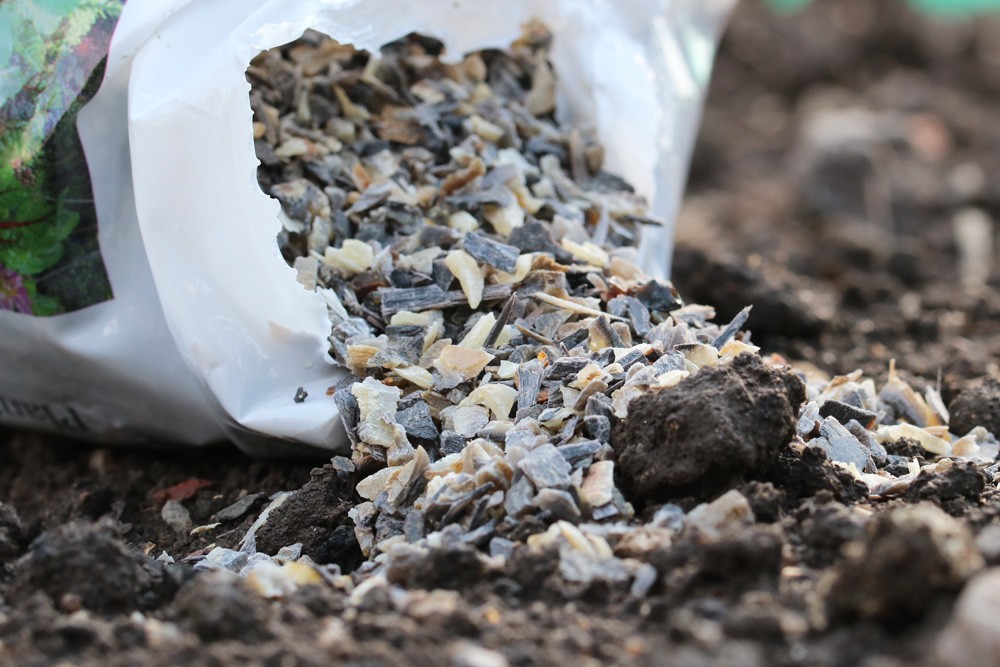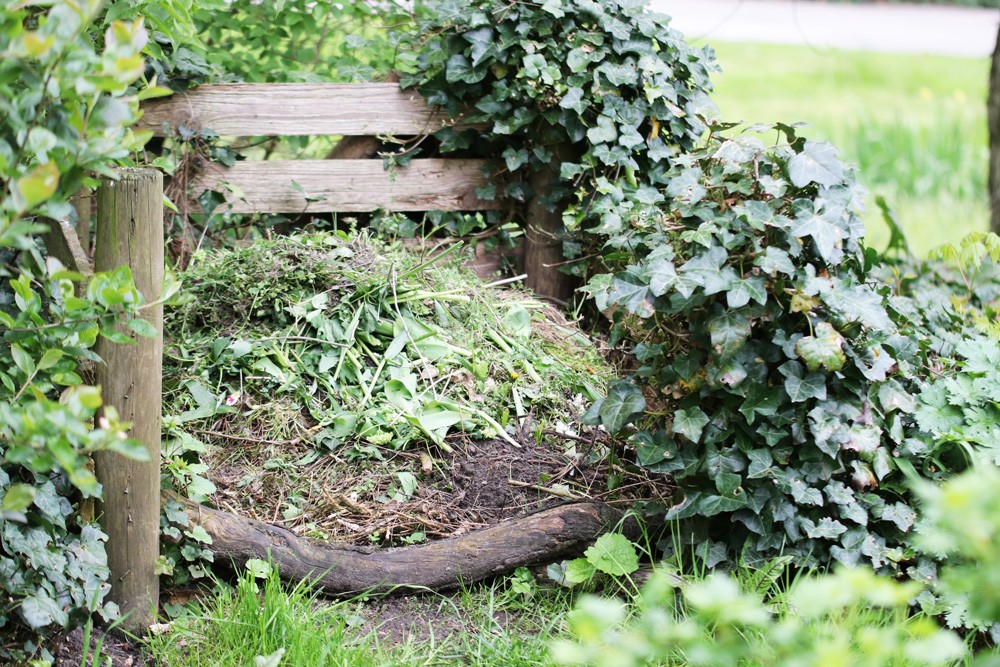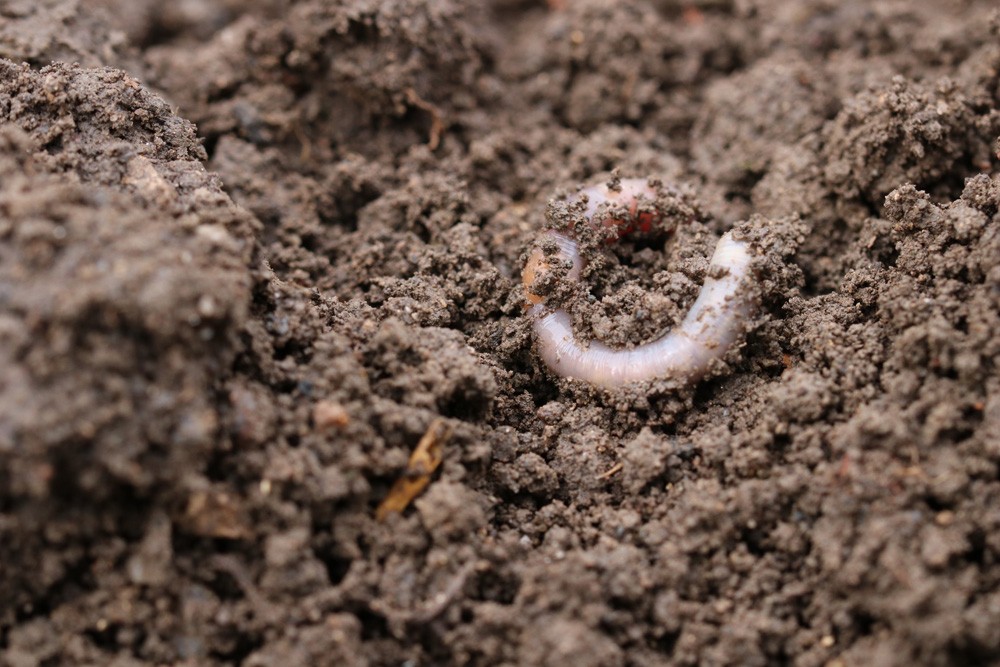On the question of whether old tomato soil can be reused, opinions differ enormously. In garden forums, you can find both numerous pro and con, as well as different reports of experience. As with everything, there are numerous points in favor of reusing tomato soil. All information worth knowing about the reuse of tomato soil as well as helpful tips can be found here!
Contents
What speaks against it?
Most hobby gardeners are probably against the reuse of tomato soil. This is primarily justified by the lack of nutrients, after all, the old substrate is usually depleted. At the same time, moreover, the exact composition of nutrients is unclear, since not all nutrients are extracted in the same amount. Therefore, it may well happen that the tomatoes will be overfertilized in the future. Furthermore, the following reasons speak against the reuse of tomato soil:
- there is now inexpensive substrate
- preparing soil is associated with effort
- old soil could be infested with pests or fungi
- old soil is rooted and no longer structurally stable
- Water storage capacity is impaired
What are the reasons?
Of course, there are numerous factors in favor of reusing tomato soil: The soil in the flower or vegetable bed is also not renewed annually. On the contrary, the old soil in the bed is always reworked and re-fertilized. In the tub, the nutrient content is limited, but it can be “replenished” in the same way. Ultimately, the culture in the tub is nothing more than a garden in a small space. Reusing tomato soil also has the following advantages:
- inexpensive
- less dragging work
- no need to dispose of old substrate
- good for the environment
- avoidance of plastic waste
- avoidance of peat decomposition
Note: Reusing tomato soil is worthwhile especially if you have a lot and very large or tall pots.
Prepare tomato soil for reuse
Before the old substrate is used again, it should first be dug up and then inspected for pests. To do this, remove the substrate from the pot and spread it out, preferably over a large area. The soil can then be inspected for pests, looking in particular for thick-mouthed weevil larvae. These white pests are visually very similar to maggots and feed on plant roots. If no pests are found, the substrate can be loosened:
- Loosen soil with spade and/or fork.
- Mix in perlite
- this promotes water drainage
- substrate is better aerated
- more oxygen reaches the roots
- Enrich old tomato soil
Tomato plants are heavy feeders and extract a lot of nutrients from the substrate. Accordingly, after one season, the soil is depleted and usually low in nutrients. To use the soil again for tomatoes, it should therefore be enriched extensively. There are various possibilities for this:
Horn shavings / cornmeal

Horn shavings and horn meal are organic fertilizers that are particularly rich in nitrogen and have a long-term effect. Both fertilizers are excellent for providing tomatoes with nutrients. Therefore, these organic fertilizers are also suitable for enriching the old tomato soil. The best way to do this is as follows:
- Fill the pot halfway with old soil
- add a little horn shavings or horn flour
- fill the other half with fresh soil
Note: Horn meal is particularly finely ground, which is why it releases nutrients more quickly than horn shavings.
Compost

Compost is also an organic fertilizer that many amateur gardeners enjoy using. But not only plants in the garden benefit from this natural product, but also old tomato soil! For those who do not have their own compost, it can be purchased from specialty retailers or a composting company. With purchased compost, the quality may well vary. It is therefore advisable to purchase only compost that is also approved for organic farming. Likewise, before buying, you should find out about the temperature of the rotting. Because this should not be higher than 60 to 65 degrees Celsius. If the appropriate compost is available, the old tomato soil can be enriched with it:
- Fill the pot 1/3 with compost
- 1/3 old soil on top
- 1/3 fresh substrate
Tip: Maybe friends or neighbors have some compost to spare? – Asking costs nothing!
Bokashi
Compost can also be produced in the home kitchen, namely in the form of Bokashi. Here, old kitchen waste is composted and thus valuable fertilizer is obtained. It is also practical that Bokashi can be made by anyone. For this purpose, there are so-called “Bokashi household buckets”, with which the composting of kitchen waste is child’s play. In addition, special microbes are also needed, which are regularly sprinkled on the kitchen waste. The finished product is ideal for fertilizing as well as enriching old tomato soil. Handling is the same as with compost:
- Fill the pot 1/3 with Bokashi
- 1/3 old soil on top
- 1/3 fresh substrate
- Earthworms and worm humus

Worms promote soil quality enormously, after all. Among other things, they provide better aeration and water holding capacity. Likewise, the unstable soil structure is improved. Instead of putting earthworms in the tubs, you can simply use worm humus instead. This can be purchased from specialist dealers or on the Internet. It is also practical that worm humus is usually offered in different package sizes. To enrich the old substrate with worm humus, proceed as follows:
- about 15 % worm humus
- into the old substrate
- on a damp / wet day
- ideally without sun
- Survival of the microorganisms is thus ensured
Old soil is not waste!
If you still decide to use fresh substrate, you do not have to dispose of the old tomato soil! Because the supposed waste product can prove to be extremely useful in the garden. Both plants and animals can benefit from old tomato soil, as it can be used in the following ways:
- Mulching
- Piling on roses
- Covering hedgehog quarters
- Insulating potted plants in winter
- Composting


